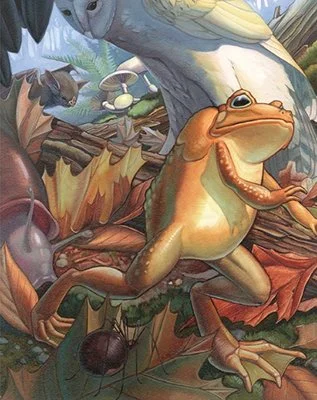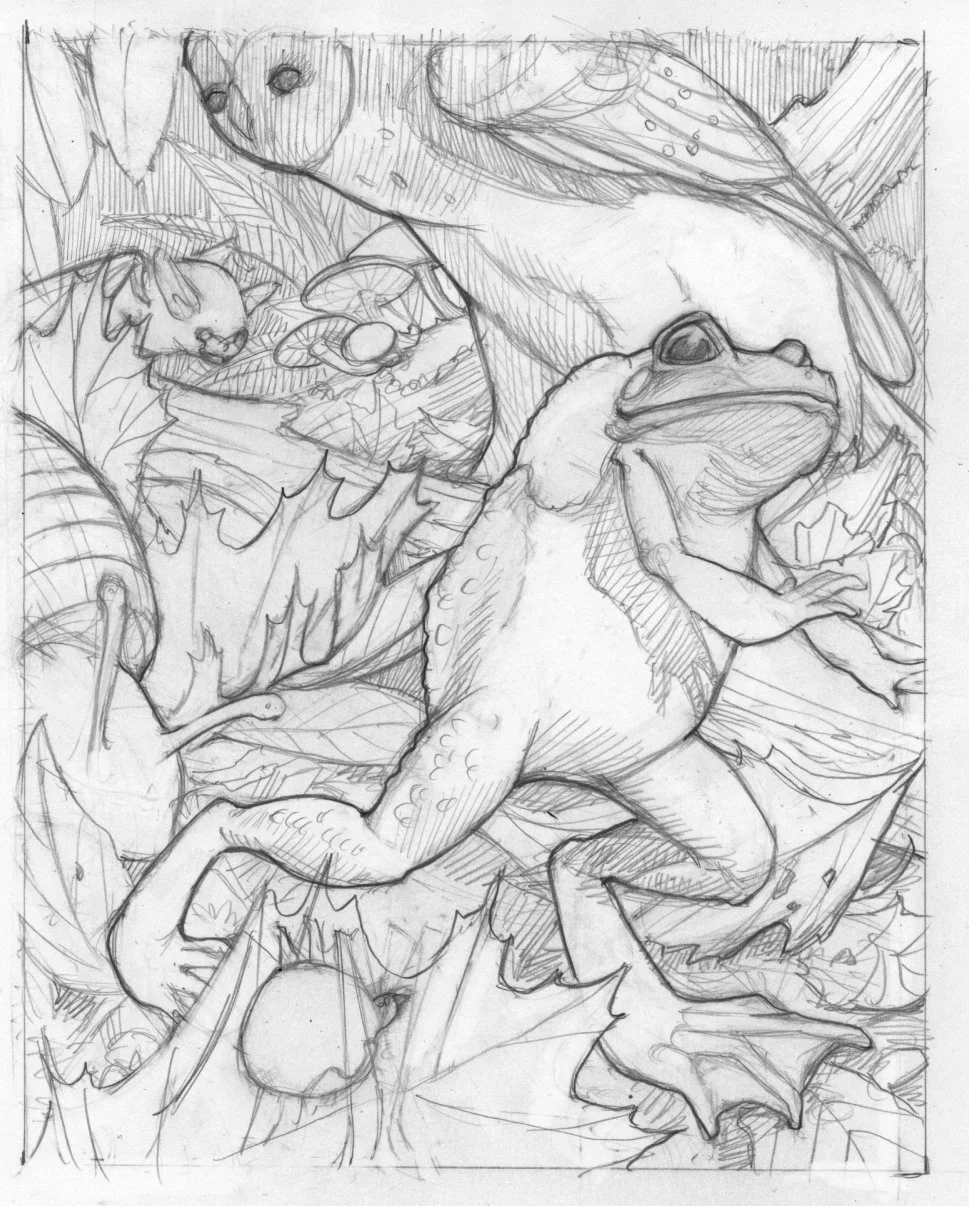In the late 90s and early aughts, the publishing industry was evolving at a breakneck speed. Computer technology was making it possible to create all kinds of books at a lightning pace and was also making some kinds of books obsolete. Science books, especially for kids, relied on the work of illustrators to render the natural world in high realism with clean simplification of the information —and yet delivered in a way that was pleasing to look at. Technical accuracy with artistic flair.
Yep. That’s me.
But publishers like Dorling-Kindersley, newly armed with phtotoshop, found it super economical to just have their graphic designer strip out the backgrounds of photos and call it a day. Science illustrators like me were going by the wayside as more and more free content poured into this internet thing and science books (even with those lovely clean white backgrounds) became a thing of publishing’s past.
Dinosaurs.
Many of my contemporaries switched hard into fine art, opting for making nature paintings for galleries. Some pivoted into the children’s fantasy genre, making work that was whimsical, surreal, and or painterly, finding footing in narrative art instead. Try as I might, I just couldn’t picture myself drawing children with impossibly big heads and tiny bodies.
My agent suggested that I try my hand anthropomorphizing a few of my favorite animals to see if I could make a transition into the narrative side of the children’s market. Aside from medical illustration, opportunities to work in hard science illustration were becoming impossible to find and my agent was really trying to keep me employed.
The Moonlight Toad sketch.
After a few very clumsy attempts, I came up with this image of a frightened Toad running through a dark forest full of creepy crawlies. A personal statement, no? LOL It feels whimsical with enough storytelling and yet still scratches my itch for scientific accuracy. What I really like about it today is that it’s a forehsadowing of some of my fantasy work and the abundantly stuffed-full botanical works I’m now doing.
With AI coming at us headlong, there’s sure to be a shattering of any industry in which artists are employed to generate new works for publication, manufacturing, packaging, etc. When AI works for free and does the work in a fraction of the time, what will creatives actually do to scratch the itch to create? Will they just generate ideas and the most prolific human idea-generator is who gets paid? Will coming up with prompts be enough to satisfy an artist’s creative drive? Will humans stop making art with their hands and make conceptual art only?
Sol LeWitt is likely the ultimate art prompter.
What are your thoughts?

